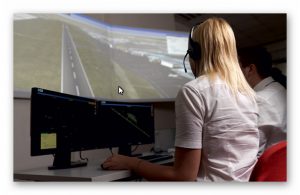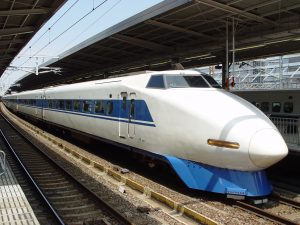
 At the beginning of September I had the chance to do an incredible experience I would like to share it with you.
At the beginning of September I had the chance to do an incredible experience I would like to share it with you.
After 13 hours of travel we arrived at the capital of Tanzania, Dar Es Salam: new air, new perfumes , new melodies and new sounds… but this was just the beginning!
The day after we began the true mission: helping little children of 15 different countries in many different ways.
What was really incredible was the welcome everyone gave us, smiling faces, big curious ,sincere eyes greeting us. Karibuni (welcome!)
Many times I wanted to get out from the pick-up and give them something but every minute was for us valuable, either we were going to visit a very poor village, or a well to repair, or a kinder garden that had not material.
The fact that a priest was with us was very important to them because it was a chance to celebrate Mass which for them is fundamental and brings joy and serenity. Masses are very long, their songs very cheerful and happy.
Their music is truly spectacular, they use it in every occasion, especially to welcome us and show their gratitude, they use it in the kinder garden and in schools, too.
I have already said that the land where they live is spectacular, the landscapes are beautiful but what really makes the difference is the sincerity of their smiles and their happy eyes despite the poverty that is inhumane: they have nothing, maybe a hut, maybe a couple of clothes to cover up, two bowls where to eat beans or rice, when they can afford it, maybe some water.
It was an incredible experience of life because slowly, day after day, you understand the value of life, what it means to have a litre of water, and simple things, we understand that the soil and nature resources are valuable for human kind and should not be polluted.
I feel that I have not done enough to help them, it was no more than a drop in the ocean, but what if all of us would do the same?
Romina Benvenuti, 4 A Coreutico





















